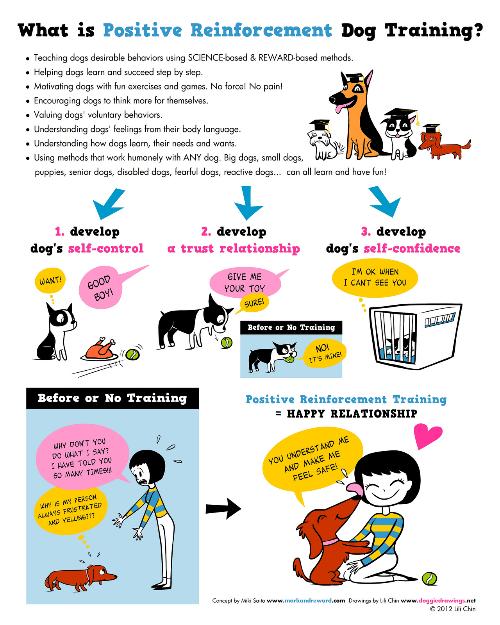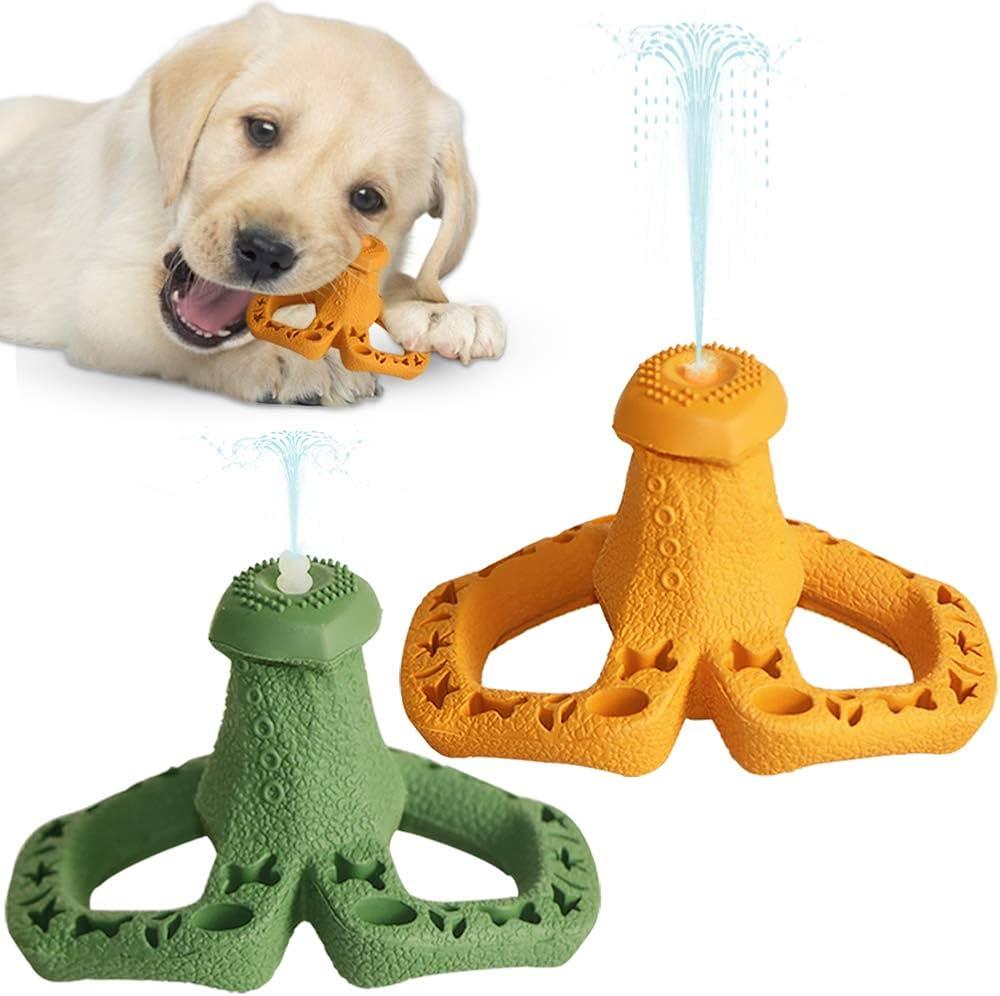Welcoming a dog into your home is a joyful experience, filled with wagging tails and endless affection. However, along with the joy, many dog owners face the challenge of destructive chewing—a natural behavior that can lead to damaged furniture, chewed-up shoes, and plenty of frustration. Understanding and addressing this behavior is crucial for maintaining harmony in your home and ensuring your furry friend’s well-being. In this article, we’ll explore effective training techniques to curb destructive chewing in dogs, offering practical solutions and compassionate guidance. Whether you’re a first-time dog owner or a seasoned pet parent, these tips will help you create a more peaceful environment for both you and your canine companion. Let’s embark on this journey together to foster positive habits and strengthen the bond with your beloved pet.
Understanding the Root Causes of Destructive Chewing
To effectively address destructive chewing in dogs, it’s crucial to delve into the underlying factors that may be causing this behavior. Often, dogs resort to chewing as a natural instinct to explore their environment, relieve stress, or alleviate boredom. However, when this behavior becomes excessive, it can be a sign of deeper issues that need attention. Some common causes include:
- Teething: Puppies, like human infants, go through a teething phase where chewing helps relieve gum discomfort.
- Anxiety: Dogs may chew destructively when they’re anxious or stressed, often due to separation anxiety or sudden changes in their environment.
- Insufficient Exercise: A lack of physical activity can lead to pent-up energy, which manifests as chewing.
- Curiosity: Naturally curious, dogs explore their world with their mouths, sometimes leading to destructive behavior.
Understanding these root causes is the first step in addressing the problem effectively. By recognizing what triggers your dog’s chewing, you can tailor your training techniques to meet their specific needs and ensure a harmonious household.
Effective Positive Reinforcement Strategies for Your Pup
When it comes to curbing destructive chewing, positive reinforcement can work wonders for your furry friend. The key is to focus on rewarding good behavior, rather than punishing the bad. Begin by ensuring your pup has plenty of chew-friendly toys. Whenever you catch your dog chewing on these appropriate items, offer immediate praise or a treat to reinforce the behavior. Consistency is crucial; make sure everyone in your household is on the same page to avoid confusing your pup.
- Redirect and Reward: If you find your dog chewing on something they shouldn’t, calmly redirect them to a suitable toy and then reward them when they start chewing it instead.
- Use Tasty Incentives: Treats can be a powerful motivator. Keep a stash of your dog’s favorite snacks handy to offer as rewards.
- Praise Lavishly: Verbal praise, coupled with gentle petting, reinforces your bond and encourages your pup to repeat good behavior.
Incorporating these strategies can create a positive learning environment for your pup, turning potentially destructive tendencies into opportunities for growth and bonding.

Creating a Chew-Friendly Environment at Home
To safeguard your belongings while ensuring your furry friend feels at ease, it’s essential to create a space that encourages healthy chewing habits. Designate specific areas in your home where your dog can comfortably explore and chew. Fill these areas with a variety of chew toys that cater to their preferences, such as rubber bones, dental chews, and plush toys. Rotate these toys regularly to maintain their interest and provide a sense of novelty. Ensure that all chewable items are safe and appropriate for your dog’s size and breed.
- Organize a toy box within your dog’s reach, allowing them to choose what they want to chew on at any given time.
- Implement boundaries by using baby gates or pet barriers to restrict access to rooms with tempting, off-limits items.
- Use deterrent sprays on furniture and other household items to discourage inappropriate chewing behaviors.
Moreover, engage your pup in regular play and exercise sessions to burn off excess energy, reducing the urge to chew out of boredom. A combination of mental stimulation and physical activity can go a long way in curbing destructive habits. Remember, patience and consistency are key in transforming your home into a chew-friendly haven.

Choosing the Right Toys to Redirect Chewing Behavior
Selecting the ideal toys for your furry friend can be a game-changer when it comes to managing chewing habits. The key is to choose toys that are not only durable but also engaging enough to capture your dog’s interest. Opt for toys made of strong, non-toxic materials such as rubber or nylon, which can withstand vigorous chewing and provide a safe outlet for your dog’s natural instincts. Interactive toys that dispense treats can also keep your dog mentally stimulated and less likely to chew on furniture or shoes out of boredom.
Consider the following when selecting toys:
- Size and Shape: Choose toys that are appropriately sized for your dog. A toy that’s too small can be a choking hazard, while one that’s too large might not be enjoyable.
- Texture Variety: Offer a mix of textures to keep things interesting. This could include smooth, ridged, or even knotted surfaces.
- Sound and Movement: Toys that squeak or bounce erratically can be more enticing, keeping your dog’s attention focused on the toy rather than your belongings.
By providing a selection of well-chosen toys, you can effectively redirect your dog’s chewing behavior in a positive direction, fostering both fun and safety in your home.

